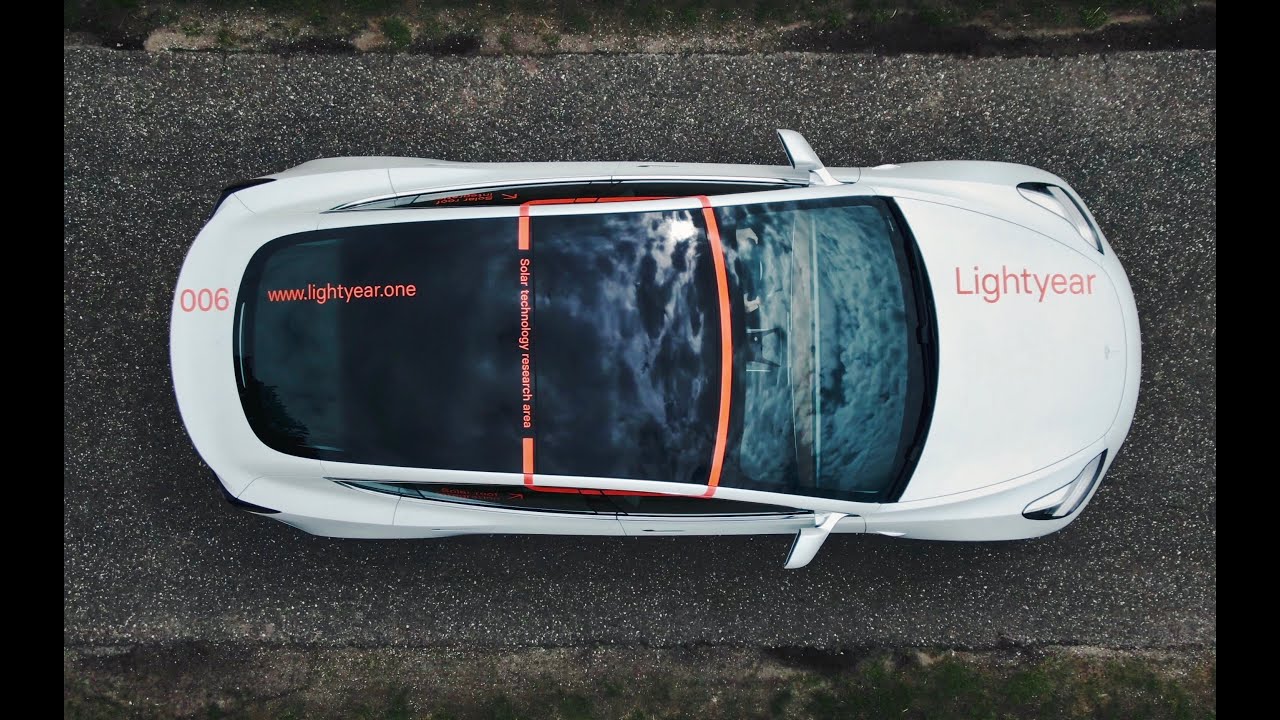A few months ago, the startup Lightyear presented its first model: the One. An electric car equipped with solar panels that promised a record autonomy of 450 miles. According to those responsible for the project, the efficient model will be able to recover about 7 miles of autonomy after just an hour in the sun.
Equipped with four electric motors, the Lightyear One will do the 0 to 100 km/h in about 10 seconds and have a maximum load power of 60 kW in alternating current. Its estimated price is 149,000 dollars, with the first deliveries of the car planned for 2021 (more than 100 units have been reserved so far).
As part of its technology development program, Lightyear has modified a Tesla Model 3 and a Volkswagen Crafter, which it has provided with a sunroof made up of Maxeon plates from Sunpower. The company has even released a video featuring the prototype based on the Tesla Model 3, possibly because they know that the great American sedan will capture the interest of many people.
This week, Lightyear has launched two vehicles with its exclusive solar technology. The company has fitted its solar technology to a Volkswagen Crafter and seamlessly integrated a sunroof into a Tesla Model 3. Numbered 005 and 006, respectively, these two research vehicles are the latest developments in a series that will serve to validate Lightyear’s technology and your design options. Cars can be seen driving around the Lightyear headquarters in the city of Helmond, the Netherlands.
With their integrated solar technology, Lightyear Research Vehicles will help demonstrate the added value of built-in solar panels in vehicles. The prototypes will provide additional data on the impact of vibrations and humidity in real conditions. This test is considered crucial to ensuring a safe, reliable, and durable solar system that will last the lifetime of Lightyear cars and other vehicles that use our sunroofs.
By the end of the year, Lightyear plans to have the prototype 007 rollings, which will have the batteries and motors integrated into the wheels seen in the One, in addition to the brand’s solar technology. Therefore, everything seems to indicate that the development of this ambitious model is still going strong. However, it is possible that the initial estimates suggesting that the first deliveries would take place in 2021 were somewhat optimistic.

